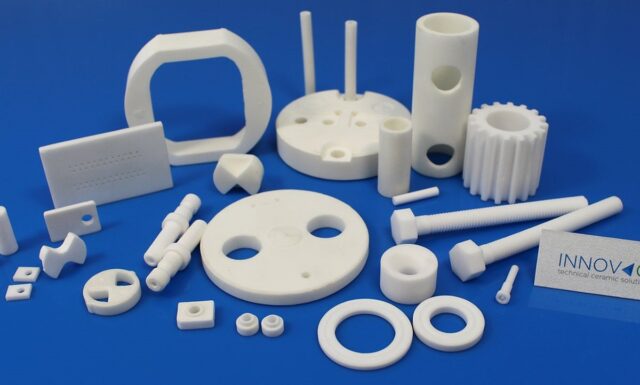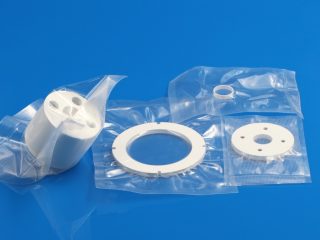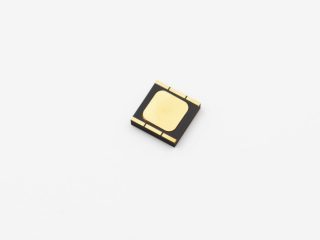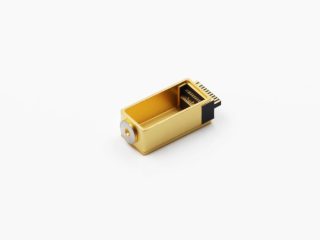Often an engineer unfamiliar with using ceramics will want a direct copy of a component that was originally metal, for example, made in ceramic. Very often this is not the best solution and can unnecessarily increase manufacturing costs and even result in the component not working as desired.

By following these suggestions where possible, the advanced ceramic part will be easier and cheaper to make, saving you time and money, while still delivering a part ‘fit for purpose’.
1. Tolerance dimensions as loosely as possible. If a component can be toleranced at ± 1-3% for example, the part can usually be produced ‘as-sintered’. This then eliminates the need to diamond grind the component, which is one of the most costly stages of manufacture.
2. Avoid features that cause stress concentrations, such as sharp edges and corners, sudden changes in cross-sectional area, and small contact points. Sharp edges and corners should be relieved by chamfers, radii, or undercuts. If possible use tapers to gradually change the cross-sectional area. Provide large contact areas to spread the load.
3. Keep the component form as simple as possible. Ceramic components are fabricated by first forming a low density ‘green’ compact, which is subsequently sintered to full density. This results in shrinkages of up to 30%, which for complicated shapes makes tight dimensional control difficult. In some cases, it may be advantageous to change the form of a non-ceramic part of the design in order to simplify the ceramic component. Alternatively, consider using a modular design, that is, split the component into several smaller, simpler pieces.
4. Keep section or wall thickness as uniform as possible. Large changes in component thickness are another cause of stress concentrations. This can be the case when holes are located off-center, for example. Also, a thin section will densify quicker than a thick section and so warpage or grain growth could occur while the thicker section is still densifying. Grain growth can result in a reduction in strength and should where possible be avoided.
5. Avoid unnecessary diamond grinding. Grinding can cause very high-stress concentrations, which as mentioned above, can cause flaws. However, by optimizing the grinding parameters or by polishing or lapping, this problem can be minimized.
Hopefully, these design tips will give you some points to consider when attempting to incorporate advanced technical ceramics, such as alumian, zirconia, , in your design. Should you need more information, please contact one of our engineering staff or see our materials section for more information on the fine ceramics we manufacture.




 Enquiry
Enquiry